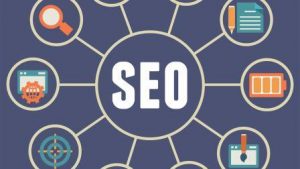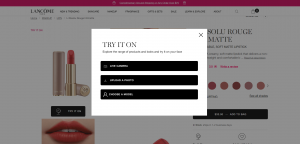 By Ryan Estis, Published November 8, 2014
By Ryan Estis, Published November 8, 2014
I had four sales meetings in one day recently. At the end of the day, I spent some time reflecting on how — and why — my sales strategy has completely changed over time.
The traditional sales approach that that helped me succeed for years looked something like this:
- Focus on heavy outbound calls and emails. Attempt to reach hundreds of prospects every week (35 decision maker contacts was the weekly “activity minimum”). Try to earn at least 3 new meetings.
- Go to the meeting and give a 45-minute pitch about the value my company could offer. Spend the majority of my time selling why my stuff was better than the stuff they were using. Convince, push, persuade, close.
- Win the business.
- Transition the relationship to the service team. Get back to pounding the phone and pavement.
- Beat my performance targets. Celebrate. Start my January again at zero.
That strategy worked for years. Until suddenly, it didn’t. The world changed.
We’re now living in what Forrester calls “the age of the customer.” If you haven’t felt a seismic shift yet, it’s coming your way soon. Customers have the power, and sellers have a choice: Respond and evolve, or become increasingly invisible and irrelevant.
Fast forward five years. Here’s how I spend my time now.
- Spend time every single day actively building my brand online. Write blog posts about my experiences and my work. Contribute to conversations on social media. Research trends and best practices that affect my clients. Share interesting content with my network. Look for opportunities to connect people and make referrals.
- Set up meetings with clients and prospects who have found me through previous work, referrals, reputation and my online content. Some of them I know; some of them are brand-new contacts. Even the new contacts know a lot more about me. No one goes into meetings “cold” anymore. Every sales meeting I take now is a legitimate, qualified opportunity.
- Show up to meetings prepared. Invest time in reading, researching and educating myself about each prospect’s industry, business and related trends. Make every attempt to also know a little bit about everyone attending the meeting.
- At each meeting, have an open dialogue about the customer’s challenges and goals. Listen. Talk through ways we could solve problems. Mutually consider how we could potentially work together. Explore new ideas and unchartered territory. Make recommendations. Stay completely transparent about how (and if) I think I could contribute. Refer my competitors if I think they’d be a better fit. Land on plans and solutions.
No pressure. No presentations. No time spent validating who I am and what I can offer. Just transparent, collaborative conversations to arrive at the right business decisions.
Another big change: My days of responding to the RFP are over. RFPs definitely still exist in the world of speaking and training. But I’ve decided not to participate. I spend my time pursuing qualified opportunities that are the right fit for me and for my customers. I believe that focus has been a leading accelerator in my business’ growth.
My sales strategy has evolved to the point that I don’t spend time cold calling, or convincing, or pitching. I had to evolve. Those traditional techniques and tactics just aren’t effective ways to make sales anymore.
Instead, I get to focus on listening, learning, sharing, and helping shape decisions. It’s a completely different sales job, and for me, it’s one that leads to both a lot more opportunity and personal satisfaction.
Business Articles | Business 2 Community
(236)
Report Post








